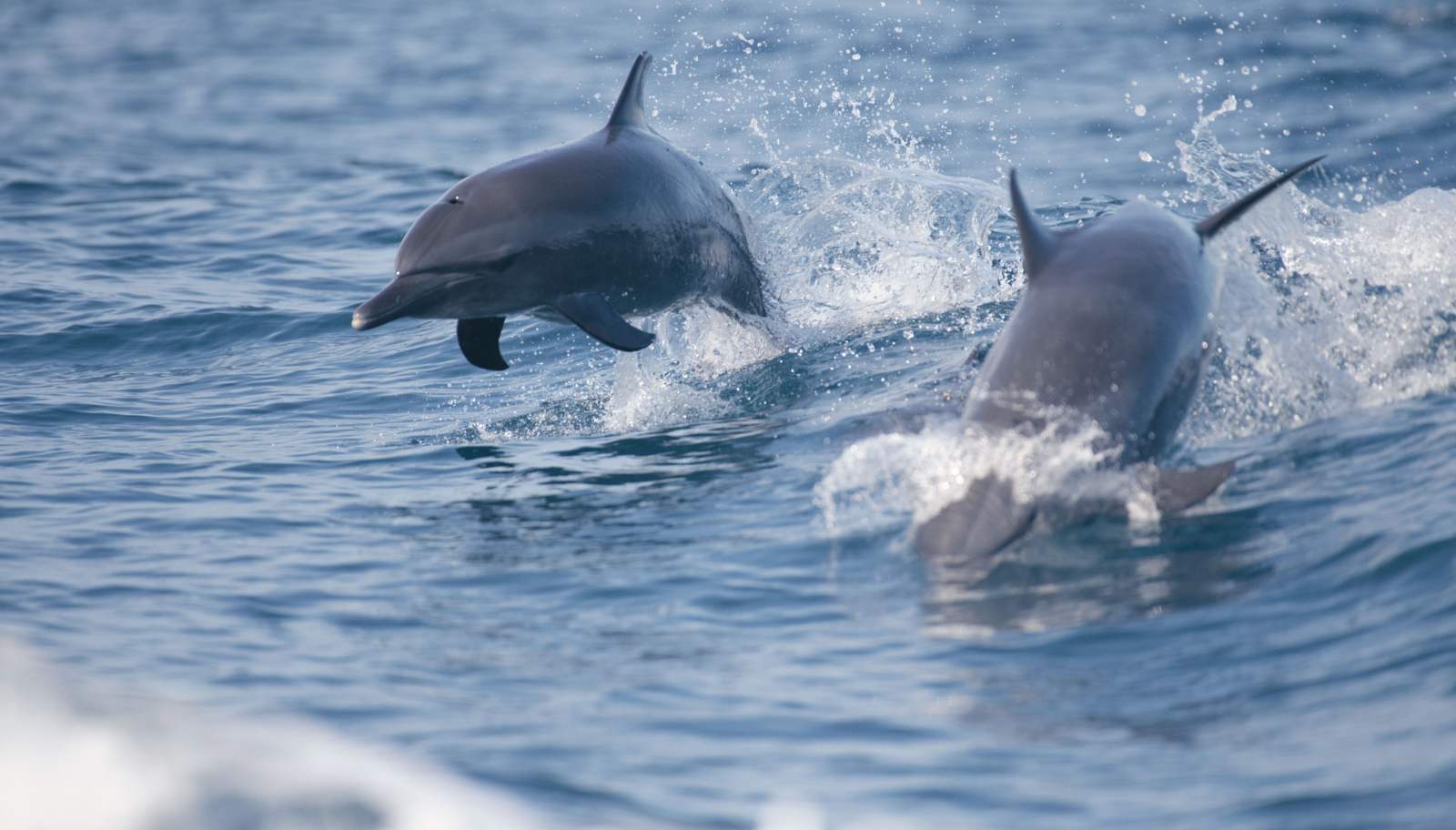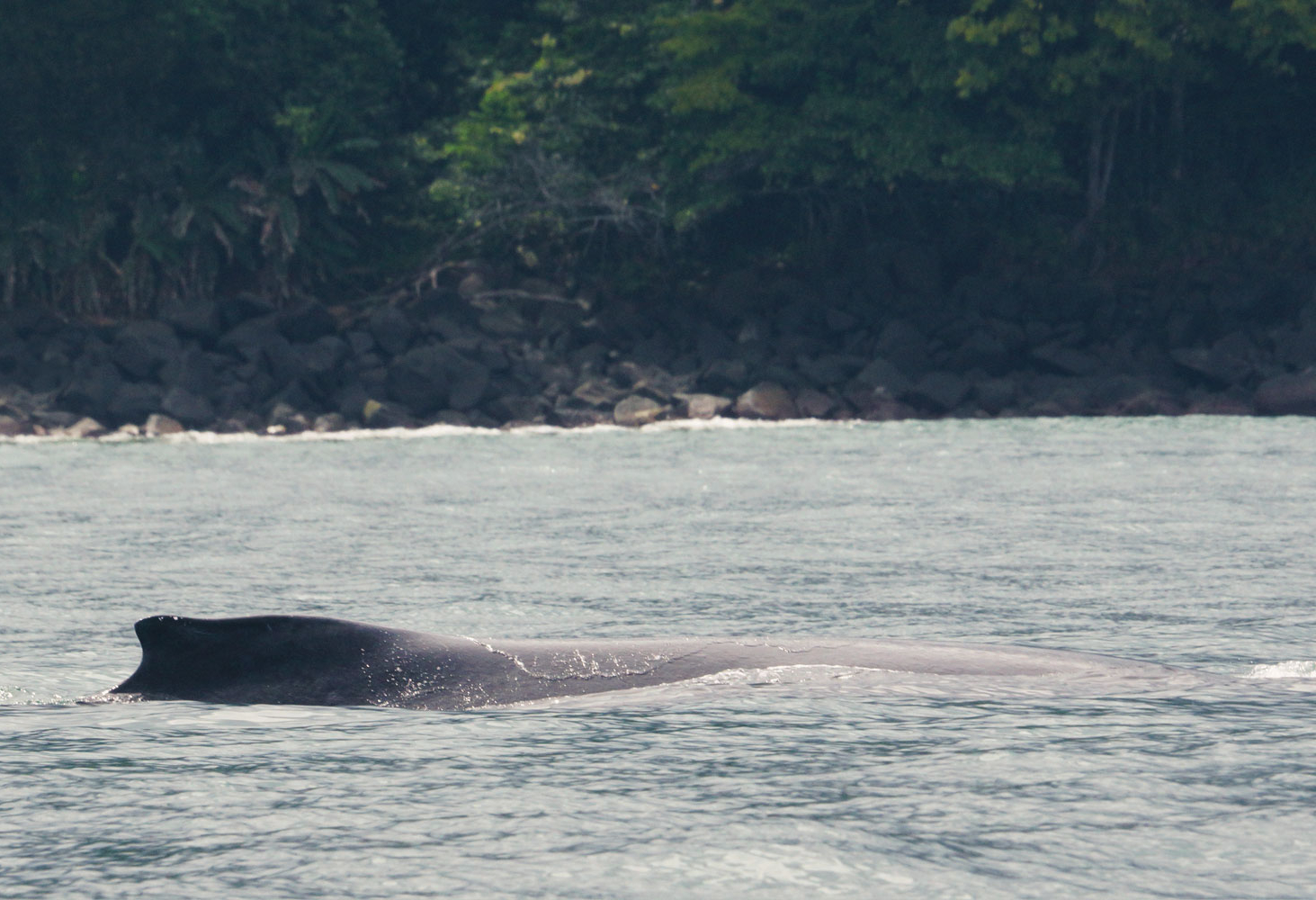





Nestled between the Pacific Ocean and the Caribbean Sea, Costa Rica is bursting with marine life. Its extraordinary biodiversity can be seen from land, but a boat trip lets you catch a glimpse of its underwater bounty.
The humpback whale is one of the country's most iconic marine animals, and Costa Rica is world-famous for its opportunities to watch these peaceful giants in an eco-friendly way. Whether you choose Ballenas Marine Park, Drake Bay, or Golfo Dulce (in Corcovado National Park), the humpback whales' performance is an unforgettable sight. You won't believe your eyes—or your ears. Between the sound of the whales blowing air, their crashing leaps, and their singing, the experience is a real marine concert. The best seasons for whale watching are between January and March, August to October, and during December in the Central Pacific. In the Southern Pacific, opt for January to April and July to October. Whales are always on the move, so ask your local Evaneos agency to recommend the best spots for your travel dates. But keep in mind, too, that seeing the whales is also a matter of luck.
Other marine animals can be seen all year long. To view dolphins, sail out from Samara or Uvita. Papayago Gulf is another excellent option for spotting whales, dolphins, and turtles. Your local Evaneos agency will set you up with a company that is committed to protecting the wildlife as well as respecting their well-being.
Costa Rica also features a variety of notable locations where you can try snorkeling and scuba diving to explore the sea beds. Again, your local Evaneos agency can help you find the place best suited to your interests.